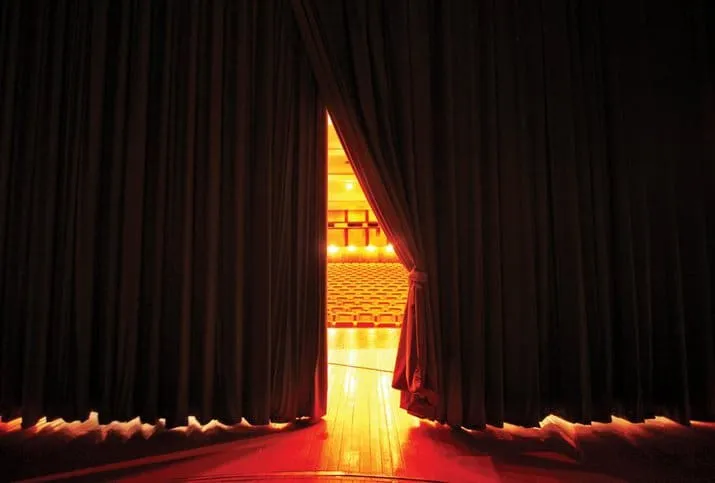- Limelight, created by heating quicklime (calcium oxide), revolutionized theater lighting in the 19th century.
- Invented by Goldsworthy Gurney and popularized by Thomas Drummond, limelight provided a bright, white light that replaced hazardous gaslights.
- Despite its brilliance, limelight required constant monitoring and posed fire risks, leading to its replacement by electric lighting in the 20th century.
- Quicklime remains essential in modern industries, including steelmaking and water treatment.
- The phrase “in the limelight” endures as a metaphor for being the center of attention.
Two centuries ago, actors were literally “in the limelight,” thanks to a fascinating chemical innovation that revolutionized theater lighting. Quicklime, or calcium oxide, a substance once used in naval warfare and now integral to industries like pulp and paper production, played a starring role in creating limelight—a brilliant white light that illuminated stages in the 19th century.
The Birth of Limelight
Limelight was discovered in the early 1820s by English inventor Goldsworthy Gurney. He developed a blowpipe that burned hydrogen and oxygen to produce an intensely hot flame. When directed at quicklime, which has an exceptionally high melting point of 2,570°C (4,658°F), the flame caused the calcium oxide to emit a dazzling white light. This phenomenon occurred because the heat caused the atoms in the quicklime to vibrate rapidly, producing light without degrading the material.
The first practical application of limelight came from Thomas Drummond, a Scottish engineer and surveyor. Drummond used the intense light to aid his surveying work in the dark, stormy peaks of Ireland’s mountains. He reported that the light from a single limelight could be seen from up to 68 miles away, earning it the nickname “Drummond’s Light.”
Limelight Takes the Stage
By 1837, limelight had made its way into theaters, where it quickly became the preferred method of stage illumination. Before limelight, theaters relied on dim and hazardous gaslights, which posed significant fire risks. Limelight, with its powerful and focused beam, required fewer units to illuminate a stage effectively. Typically, one limelight was used for the main stage, while others created special effects, such as simulating sunlight or moonlight.
Each limelight consisted of a blowpipe with a cylinder of quicklime positioned at the end of the flame. The result was a bright, white light that captivated audiences and transformed theatrical performances.
Challenges and the Decline of Limelight
Despite its advantages, limelight was not without its drawbacks. Each unit required constant monitoring, as the block of quicklime had to be adjusted as it burned. Additionally, the open flames posed a persistent fire hazard, especially for the workers tasked with operating the lights.
The invention of the practical incandescent light bulb by Thomas Edison in 1879 marked the beginning of the end for limelight. By the early 20th century, electric lighting had replaced limelight in theaters worldwide. However, the phrase “in the limelight” endured, becoming a metaphor for being the center of attention.
Quicklime’s Modern Uses
While limelight is no longer used for illumination, quicklime remains valuable in various industrial applications. Its high melting point makes it ideal for processes like iron and steelmaking, where it is added to furnaces to remove impurities such as phosphorus, sulfur, and silica. Quicklime also plays a role in water treatment, construction, and chemical manufacturing.
To ensure quality and consistency, standards like ASTM C110-20 provide guidelines for testing quicklime, hydrated lime, and limestone. These materials continue to support industries worldwide, proving that quicklime’s legacy extends far beyond the stage.
A Lasting Legacy
The story of limelight is a testament to human ingenuity and the transformative power of technology. What began as a groundbreaking method of stage lighting has left an indelible mark on language and culture. Though the bright glow of limelight has faded from theaters, its impact lives on—both in the phrase we use today and in the industrial applications of quicklime that continue to shape our world.

